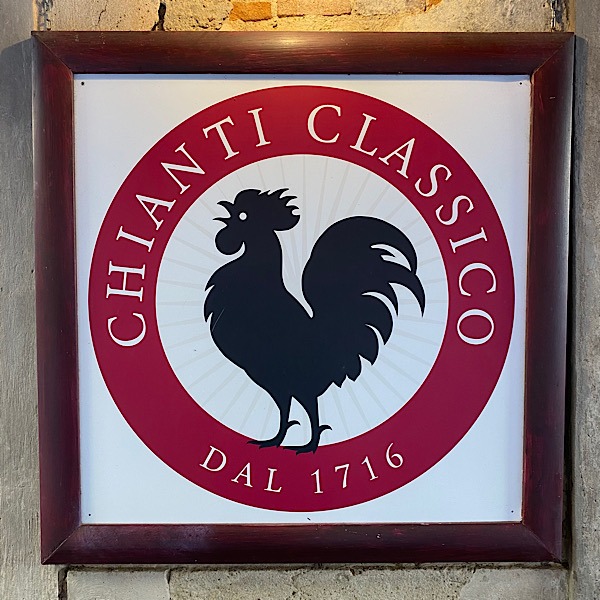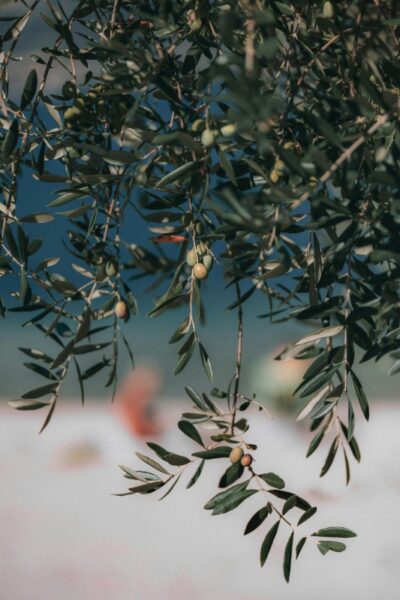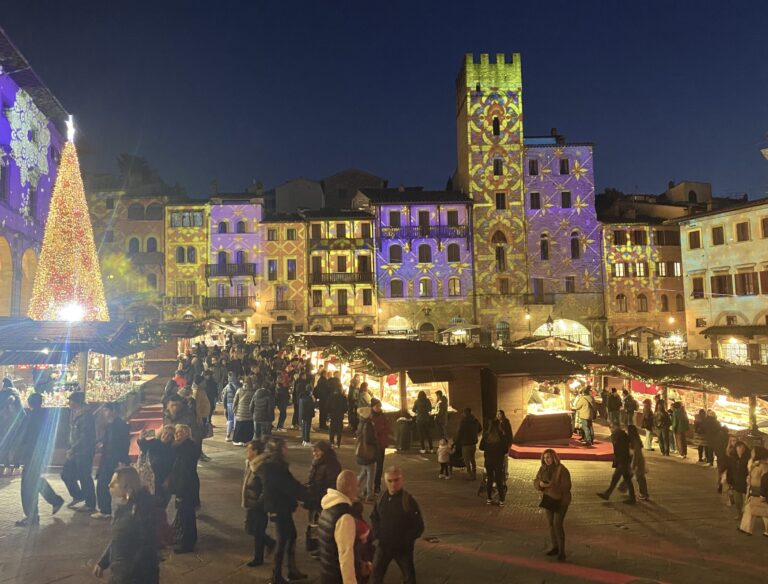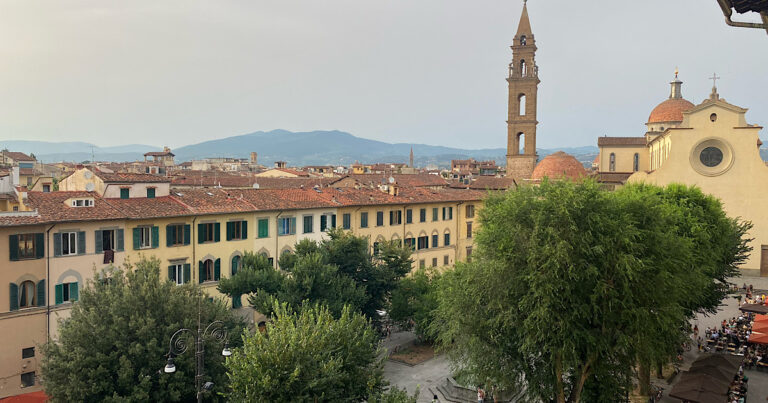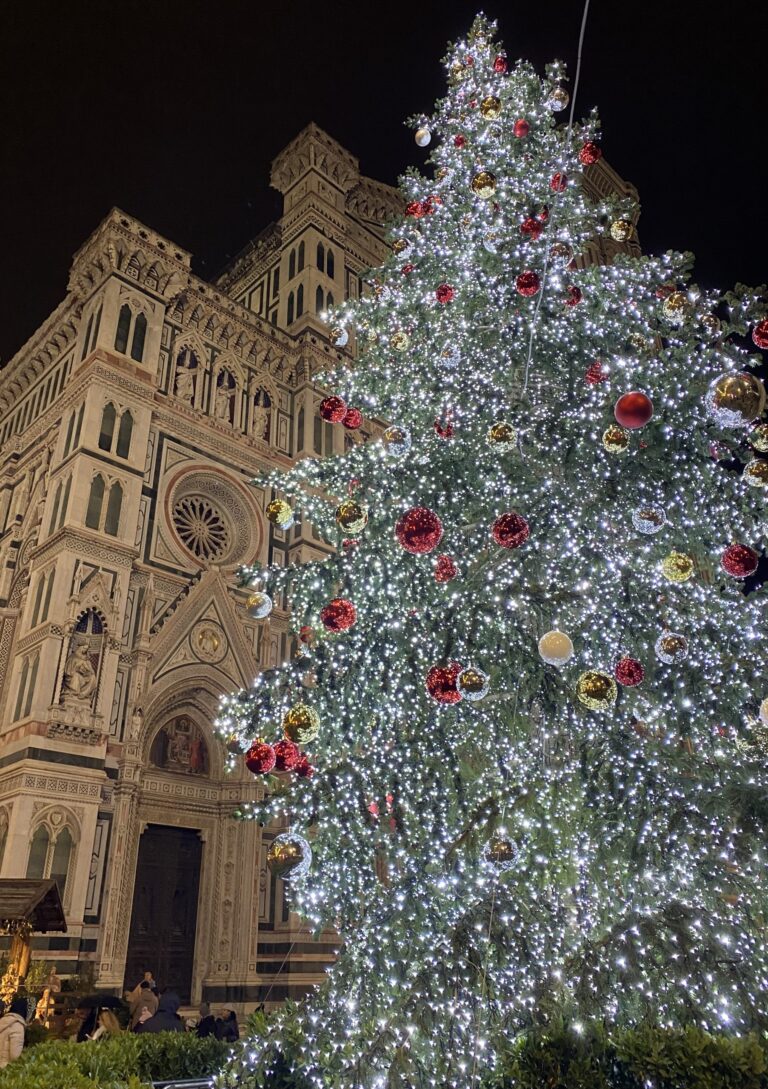Why Is It Called Chianti Classico? The Story Behind Tuscany’s Famous Wine
Chianti Classico holds a special place in the world of wine, and its name tells a story about its origin. Chianti is a region in Tuscany, known for its rich history of winemaking.
The word ‘Classico’ distinguishes it as the traditional heart of the Chianti area, where the best grapes are grown under strict standards.
No Tuscany trip itinerary is complete without a visit to Chianti, where you can immerse yourself in its scenic vineyards, charming villages, and exceptional wines.
Why Is It Called A Chianti Classico?
It is called Chianti Classico because it represents the original and highest quality Chianti wines, made primarily from Sangiovese grapes. This designation helps consumers identify wines that come from a specific area within the Chianti region, ensuring they receive a product that meets established quality criteria.
Understanding the name Chianti Classico opens up a world of appreciation for Italian wine lovers. The history, rules, and craftsmanship behind each bottle make it more than just a drink; it reflects the culture of its land.
Historical Roots of Chianti Classico
Chianti Classico has deep historical roots that trace back to important family influences and the evolution of winemaking practices. This section explores the role of the Medici family and the significant contributions of Baron Bettino Ricasoli.
The Medici Family and the Origins of Chianti Wine
The Medici family was a powerful force in Tuscany during the Renaissance. They played a key role in the development of Chianti wine. In the 18th century, through their patronage, winemakers improved grape cultivation and vineyard management.
The famous Chianti formula emerged, which included Sangiovese grapes as the primary variety. The Medici’s support for agriculture and trade helped Chianti gain recognition. This led to its establishment as a distinct wine, celebrated for its quality and unique characteristics.
Baron Bettino Ricasoli’s Influence
Baron Bettino Ricasoli is known as the “father of Chianti.” In the late 19th century, he significantly improved the quality of Chianti wine. Ricasoli studied grape varieties and introduced a blend that combined Sangiovese, Canaiolo, and Malvasia.
His research and winemaking techniques set standards that still exist today. Ricasoli’s estate, Brolio, became a model for Chianti production. His commitment to quality helped Chianti establish its reputation in the wine world. Today, his influence is felt in every bottle of Chianti Classico produced.

Characteristics and Production
Chianti Classico is known for its unique qualities that set it apart from other Chianti wines. Key factors include the Sangiovese grape, specific geographical regions, and the certification of ‘Classico’. Understanding these elements is essential for appreciating this famous wine.
Sangiovese: The Heart of Chianti Classico
Sangiovese is the main grape used in Chianti Classico. This variety accounts for at least 80% of the blend in any Classico wine.
Sangiovese grapes are known for their bright acidity and cherry flavours. They also bring herbal and earthy notes, adding complexity to the wine. The balance of these characteristics is critical.
Wines that feature Sangiovese often improve with age. The grape’s tannins allow for this growth, resulting in richer flavours over time. This is why Sangiovese is considered the backbone of Chianti Classico.
Geography and Terroir of the Classic Region
Chianti Classico comes from a defined area in Tuscany. It is located between Florence and Siena. This region has a mix of hills and valleys, which affects the growing conditions.
The soil types include clay, limestone and Galestro. These elements provide excellent drainage and minerals for the vines. The region’s climate, with warm days and cool nights, supports the ripening of Sangiovese grapes.
The towns of Radda, Gaiole and Castellina are key areas within Chianti Classico. Each area contributes distinct characteristics to the wine. This diversity enhances the overall quality of the region’s production.
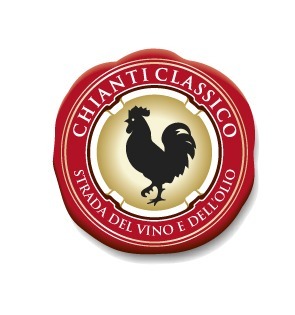
Understanding the ‘Classico’ Difference
The term ‘Classico’ indicates specific standards for production. It is not just a name; it ensures quality and authenticity.
Wines labelled as ‘Classico’ must meet strict regulations. Among these is the requirement of using Sangiovese as the main grape. There are also limits on yields, ensuring concentrated flavours.
Additionally, Classico wines are aged for a minimum period before release. This aging process allows for the development of rich, complex flavours. It distinguishes Classico from other Chianti wines.
These factors make Chianti Classico a respected choice for wine lovers and a must-visit destination on any Tuscany trip itinerary. They contribute to a unique identity that is recognised and celebrated worldwide.
📌 Discover The Legend of The Gallo Nero: The Symbol Of Chianti Classico
FAQs
There are many questions about Chianti Classico, its taste, and what makes it special. Here are some common questions related to its qualities and place in Italian wines.
Tuscany Travel Planning Toolkit
If you use any of these affiliate links to purchase products or services, we may earn a small commission at NO EXTRA COST TO YOU. Thank you for your support. 😁 Our Affiliate Disclosure Statement is available here.

